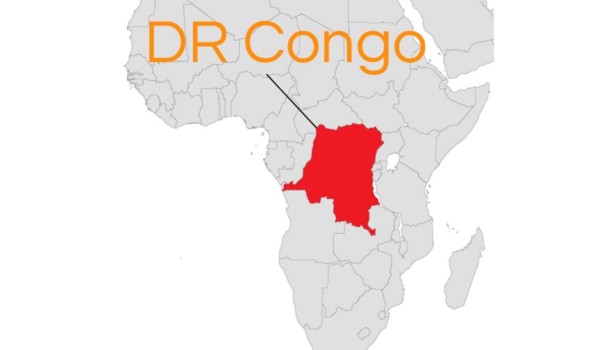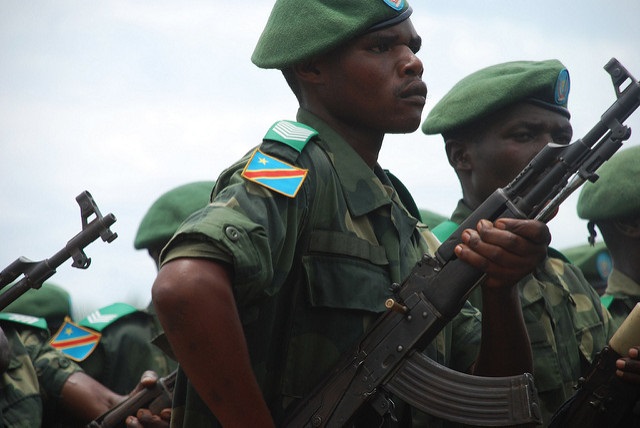Regional
No Solution to the M23 insurgency without addressing “popular” animosity towards Kinyarwanda speaking Congolese
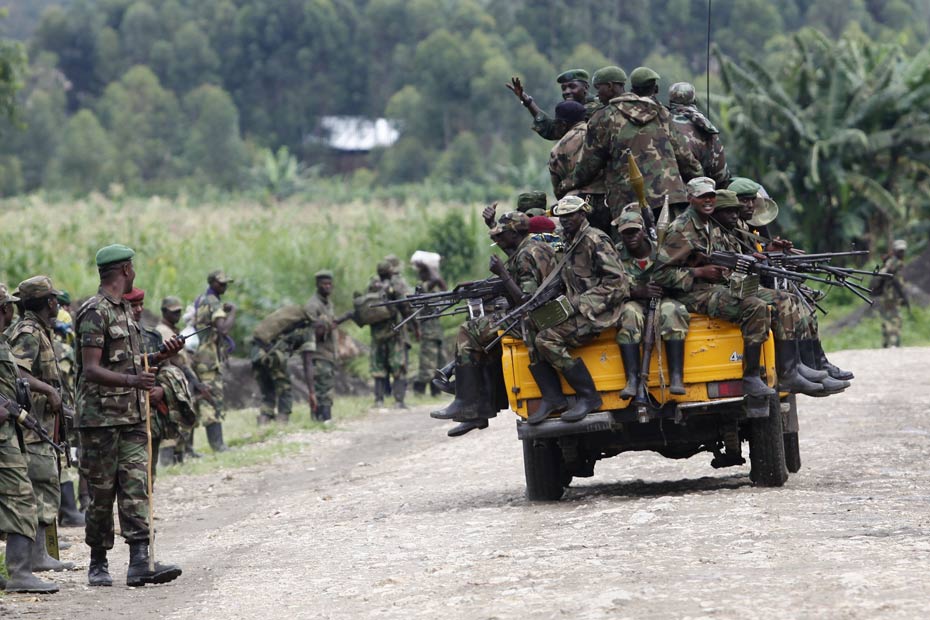
When
discussions arise about how the M23 rebellion could be ended, there is a
tendency among some commentators and analysts to recommend a robust armed
response
“A
Rwandan disguised as a mentally disturbed person beaten to death in Tshangu”.
This was the subject of a tweet I chanced upon some weeks ago, months after the
Congolese rebel group, M23, had resumed fighting the Congolese national army,
FARDC in the North Kivu region of eastern DRC. The causes of the renewed
fighting and the overall armed struggle that M23 is waging against the DRC
government have been examined and re-examined and positions taken by, among
others, regional governments, the DRC government itself, human rights groups,
academia and media.
We
can argue as much as we like about the centrality of minerals or the DRC’s
wealth in this conflict. We can argue about the roles of external actors,
especially Rwanda and to some extent Uganda in the immediate neighbourhood of
the DRC. Do they arm M23? Do they have forces in Congo? Do they have legitimate
reasons for doing whatever they are accused of doing? All these questions are
worth asking by anyone seeking to make sense of the broader conflict and the
wars that erupt as a result, from time to time.
The
most important driver of the broader conflict and the current war is whether
people of Kinyarwanda cultural heritage are Congolese and whether, as a result,
they are entitled to the same rights as members of other cultural groups.
Kinyarwanda-speaking Congolese live in large swathes of North and South Kivu.
Colonialism found them there, as did independence. There are also descendants
of migrants from Rwanda who arrived several decades ago, many of them brought
in as labourers by the colonialists.
Others
came in on their own in search of greener pastures and stayed. Their
descendants were born in Congo and were raised and educated there and know no
other country as home. For reasons that may be as diverse as the people
concerned, some of the descendants of the different waves of migrants joined
the war that culminated in the Rwanda Patriotic Front (RPF) taking power in
Rwanda. Some went to live in Rwanda after the war. Others stayed in their
country, Congo, alongside other Kinyarwanda-speaking Congolese whose only link
with Rwanda is the language and culture which they share with
Kinyarwanda-speaking Rwandans.
The
reasons why some Congolese harbour animosity towards Banyarwanda, are varied
and complex. We shall therefore not go into them here. However, the incident
mentioned at the beginning of this article testifies to the animosity and the
dangers it poses for Kinyarwanda-speaking inhabitants of the DRC. A disclaimer
is in order, though: it is not all Kinyarwanda-speaking people that face the
animosity. Rather, it is a section of that community that bears the brunt of
the animosity: the Tutsi, or those who fit what their Congolese tormentors
construe as the archetypal Tutsi morphology. In a recent chat with a Congolese
friend from the Nande community in South Kivu and a long-time rights activist
currently based in Europe, he referred to this animosity.
He
referred to “a broader campaign against M23” being “active in Congo”, adding
that this campaign included “denying them citizenship”. He saw this campaign as
rooted in “intense dislike of Batutsi which is present across the country” and
whipped up by “Kinois, Baluba and others”. He believed that the Tshisekedi
government’s “disinformation” that “presents Rwanda as invaders and aggressors
and M23 leaders as playing Kagame’s plan of balkanising Congo” had further
aggravated the situation.
The
conversation had started with him referring to Bunia where he was at the time,
being “peaceful and calm”. However, he added, “moving in the direction of Djugu
and south irumu, armed groups, tensions between Lendu and Bahama North; and
competition between Ba Nguti (FRPI) and Ba Bira (FPIC) are intense”. Struck, I
asked him: “So why do people focus on M23 as if it is the only source of
instability?” He was as intrigued by the disproportionate focus on M23 as I am:
“I don’t understand why Congolese are contesting M23 but accept Mai Mai groups
such as CODECO”. His theory was that this was the result of “Kinshasa and
FARDC” linking M23 to “Rwanda and Rwandan invasion”.
Sometimes
when discussions arise about how the M23 rebellion could be ended, there is a
tendency among some commentators and analysts to recommend a robust armed
response from the Congolese government, the UN forces and various forces that
international and regional actors have organised. These recommendations
disregard one of the most important reasons for the emergence of this insurgent
group.
That
reason is their professed commitment to fighting for the rights of
Kinyarwanda-speaking Congolese who over the best part of the last almost 30
years have suffered not only mistreatment, but violence and eviction from their
ancestral lands, as well as forced displacement into neighbouring countries,
Rwanda especially, and beyond, where large numbers now live as refugees. Part of
M23’s broad agenda is to ensure that the Congolese Tutsi community are able to
live in their country and enjoy the same rights as other communities.
Trouble
is, with the government in Kinshasa fanning hatred and encouraging or turning a
blind eye to anti-Tutsi violence in the Kivus and across the country,
presumably on the grounds that the Congolese Tutsi community are agents of
Rwanda or promoters of “Kagame’s plans” and that they are not Congolese,
prospects for the insurgency ending any time soon are remote. They are rendered
even more remote by collaboration between elements of the Congolese army in the
Kivus and the Democratic Forces for the Liberation of Rwanda (FDLR), a militia
linked to the genocide against the Tutsi in Rwanda, whose activities have
usually included harassing, persecuting, displacing and killing members of the
Congolese Tutsi community, and fanning popular animosity against them. It is
this animosity, that is responsible for the violence inflicted on members and
presumed members of the Tutsi community in the Kivus and elsewhere, as far as
the capital city, Kinshasa, where they have sometimes been attacked and maimed,
even killed in broad daylight.
Working
out a long-term solution must necessarily include addressing this “popular
menace” against Tutsis and presumed Tutsis. This must be led by the Congolese
government whose responsibility includes public education and law enforcement
against violators of rights. It is probably too much to expect of a government
whose reach across the country is severely limited, to do these things
effectively.
However,
where the Congolese state has an effective presence, being seen to combat the
‘popular menace’ of anti-Tutsi violence would go some way towards assuring the
Tutsi community that their security is a priority for the state and not the
responsibility of insurgents. More importantly, it would begin to undermine
protection of the rights of the Tutsi community as justification for the M23
insurgency, and contribute towards ending it. Ultimately, solving the M23
challenge does not lie in defeating the insurgency militarily, let alone
holding Rwanda – or even Uganda – responsible for its emergence and sustenance.
Source:
www.panafricanreview.rw


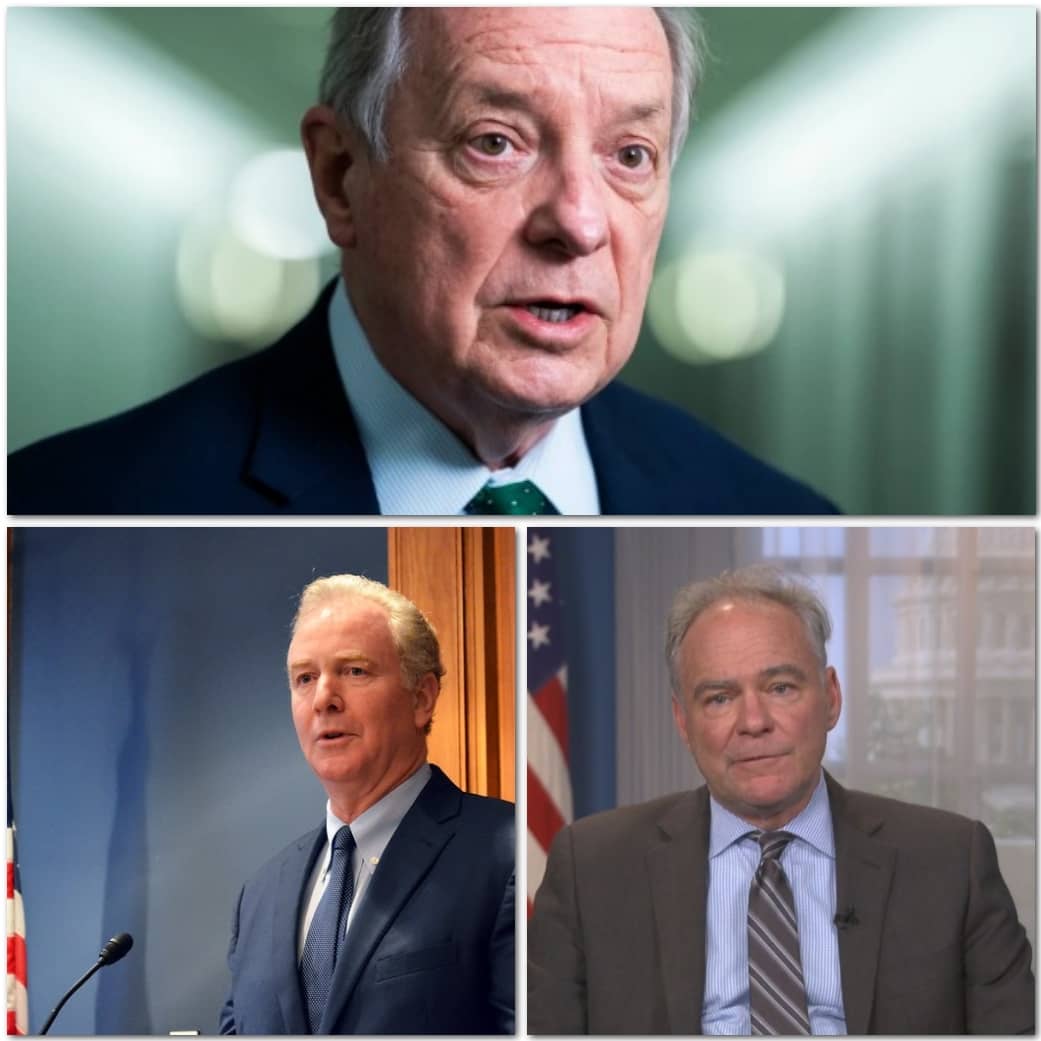
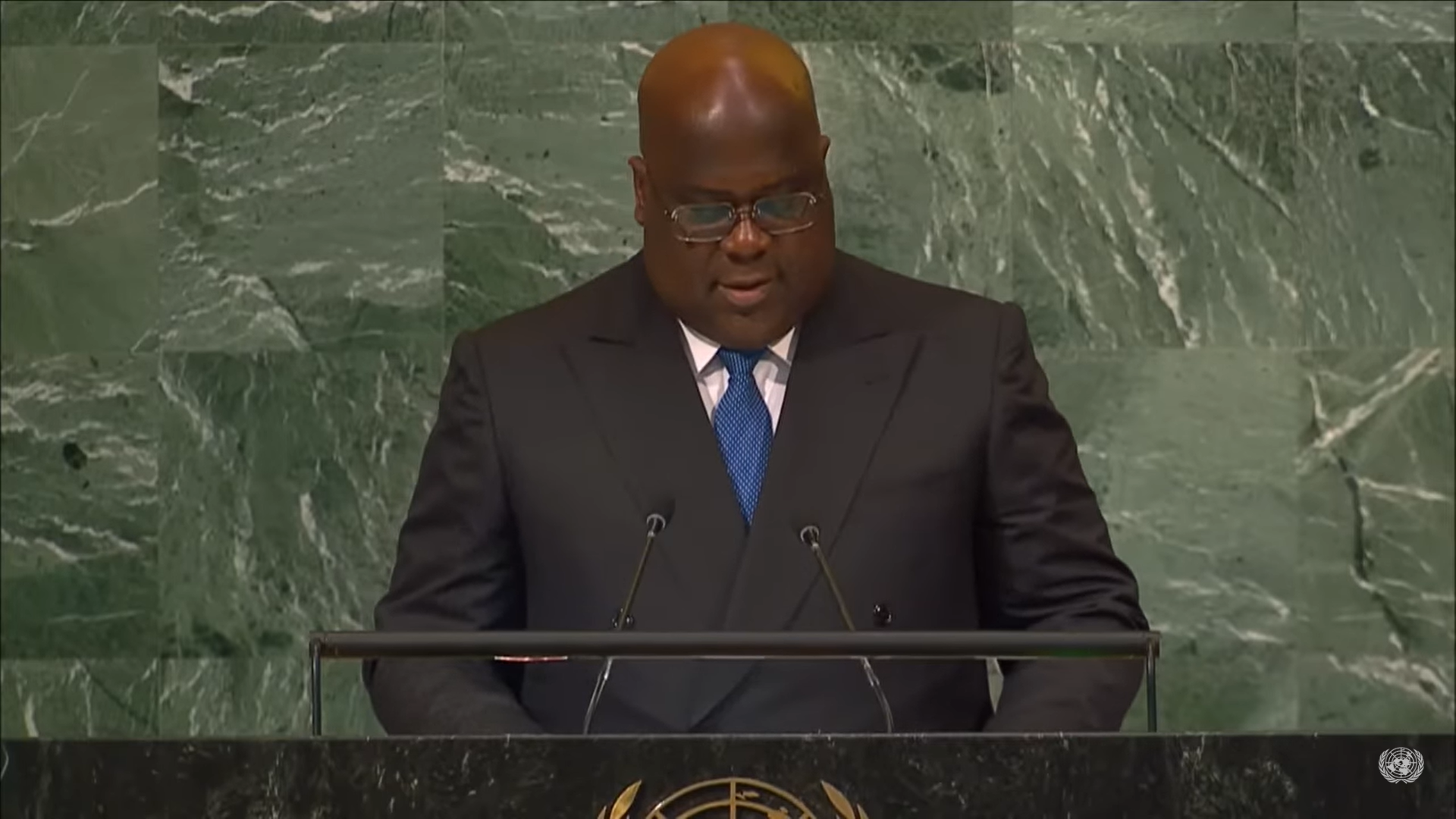
.jpg-20221022115216000000.jpg)
